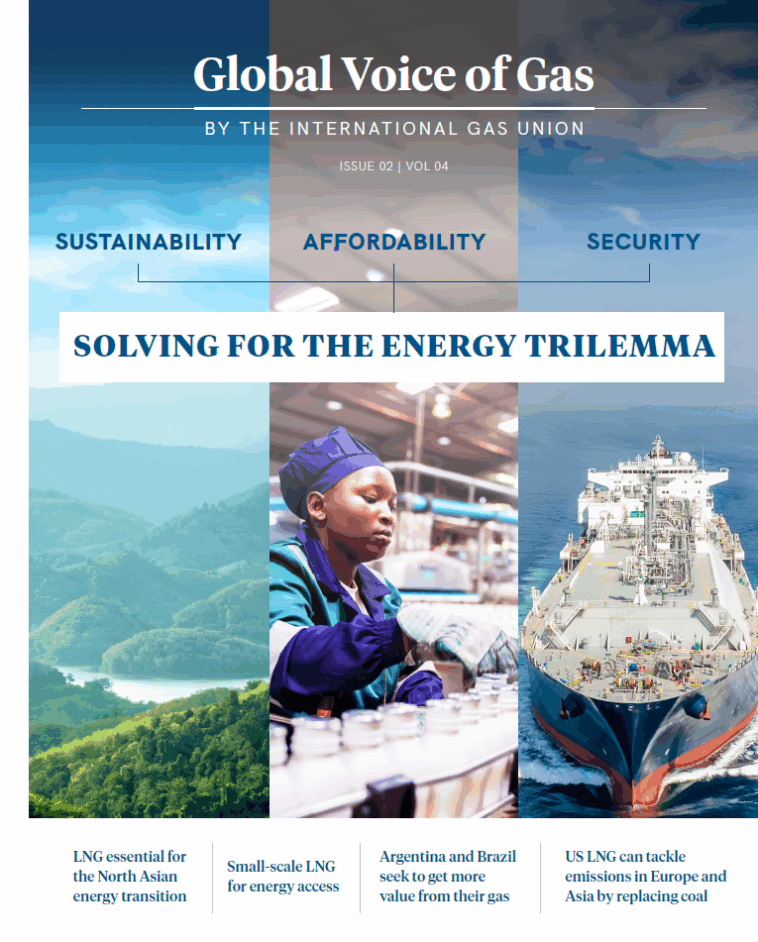Amid trade tensions with the U.S., Asian nations offer to increase their imports of American liquefied natural gas (LNG). This strategy has been advanced as an effort to mitigate concerns over U.S. trade imbalances and avert escalating tariffs. Nevertheless, analysts caution that such an approach might jeopardize these nations’ sustainability and energy security objectives in the long run.
Increasing purchases of the U.S’s super-cooled fuel has prominently figured in the trade discussions between Washington and Asian countries, aiming to placate President Donald Trump’s widespread tariffs on import goods. Vietnam’s Prime Minister has underscored the necessity to hike the intake of this fuel during a government summit, leading to a contact in May with a U.S. firm to establish a gas import hub.
JERA, the leading power producer in Japan, consented to 20-year contracts in the previous month to procure up to 5.5 million metric tons of American natural gas on a yearly basis, projecting commencement around 2030. The U.S. initiative to heighten LNG exports to Asia predates Trump’s tenure, but it has garnered more steam amid his aggressive pursuit for advantageous trade agreements.
LNG, which is natural gas that undergoes cooling to become a liquid for the ease of storing and transporting, serves as fuel for travel, residential cooking and heating, as well as industrial procedures. A cooperative effort involving a $44 billion LNG project in Alaska was discussed by Trump with South Korea, instigating a site visit by officials in June.
President Trump has been advocating for this project as a means of channeling gas supply from the abundant North Slope of Alaska to a liquefaction plant at Nikiski, located in south-central Alaska, with principal aim of exporting to Asian nations while avoiding transit through the Panama Canal.
Thailand has approached the U.S. to negotiate a long-term agreement for American fuel and demonstrate interest in the aforementioned Alaska project. This project envisions construction of an approximately 810-mile pipeline to convey gas from Alaska.
The Philippines and India have also expressed interest in U.S. LNG. The former contemplates importing gas from Alaska whereas the latter considers abolishing import taxes on American energy consignments to reduce its trade surplus with Washington.
Nonetheless, worries loom over the impact of these LNG deals on renewable aspirations. Experts contend that such procurements can decelerate the adoption of renewable energy technologies in Asia. Committing to extended contracts could result in nations getting saddled with obsolete infrastructures amidst a rapidly transitioning global energy environment that veers towards clean sources such as solar or wind energies.
The construction of pipelines, terminals, and even domestic gas stoves envisages a system that is costly and complex to upgrade, further complicating the future transition towards renewable energy sources. Although LNG emits significantly less compared to coal, it remains a fossil fuel that releases greenhouse gases, contributing to climate change.
Inferences from consumers in Pakistan exemplify the economic and environmental perils of extreme reliance on imported gas. Steep LNG prices have led to a surge in electricity costs which in turn prompted these consumers to opt for solar panel installations on rooftops.
As the energy consumption dwindles with the upsurge in gas supplies, the country is postponing LNG consignments and making attempts to sell the excess fuel. From this perspective, the perceived economics of LNG doesn’t seem to align.
Despite showing willingness to import more American LNG, experts indicate these countries are unlikely to buy sufficient quantities to substantially impact the U.S. trade deficit situation. Perceptive concerns have been raised about the implications of this LNG reliance on regional energy security in the wake of increasing geopolitical and market uncertainties.
Potential issues arise regarding the consistency and reliability of the U.S. as a trade partner in the long haul. LNG will only augment energy security if it is accessible and economically priced.
Finally, experts suggested that Asian nations can enhance their energy security while simultaneously achieving carbon emission reduction by expanding their renewable energy facilities, given that only around 1% of Southeast Asia’s solar and wind energy potential is currently exploited.

